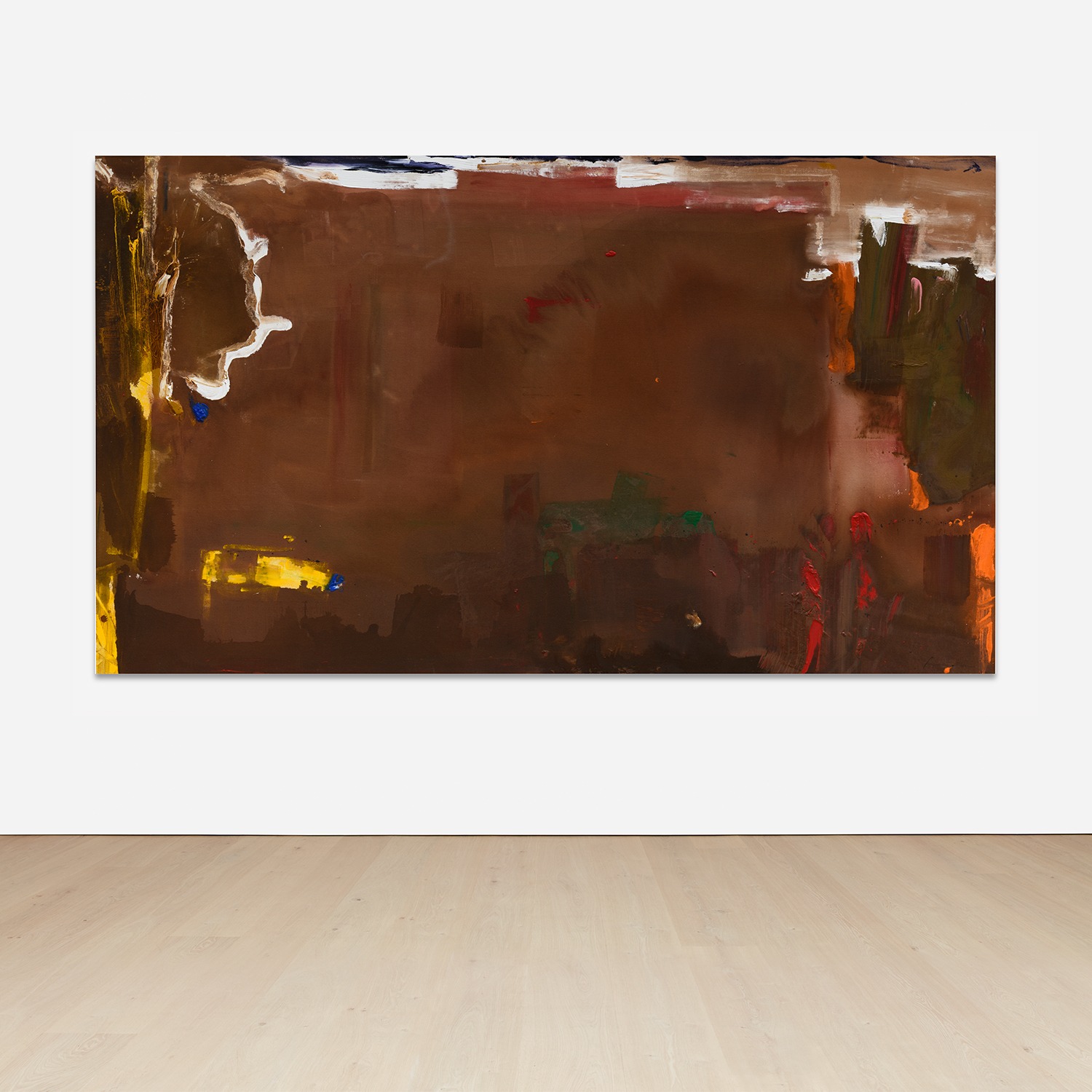



Property from an Important Collection, Los Angeles
31Ο◆
Helen Frankenthaler
On the Road
signed "Frankenthaler" lower right; signed and dated "Frankenthaler '80" on the reverse
acrylic on canvas
59 3/4 x 103 3/4 in. (151.8 x 263.5 cm)
Painted in 1980.